READY TO GET STARTED?
REQUEST A FREE ESTIMATE
Fill out the form below or call (888) 466-7849 for a free, no-obligation estimate.
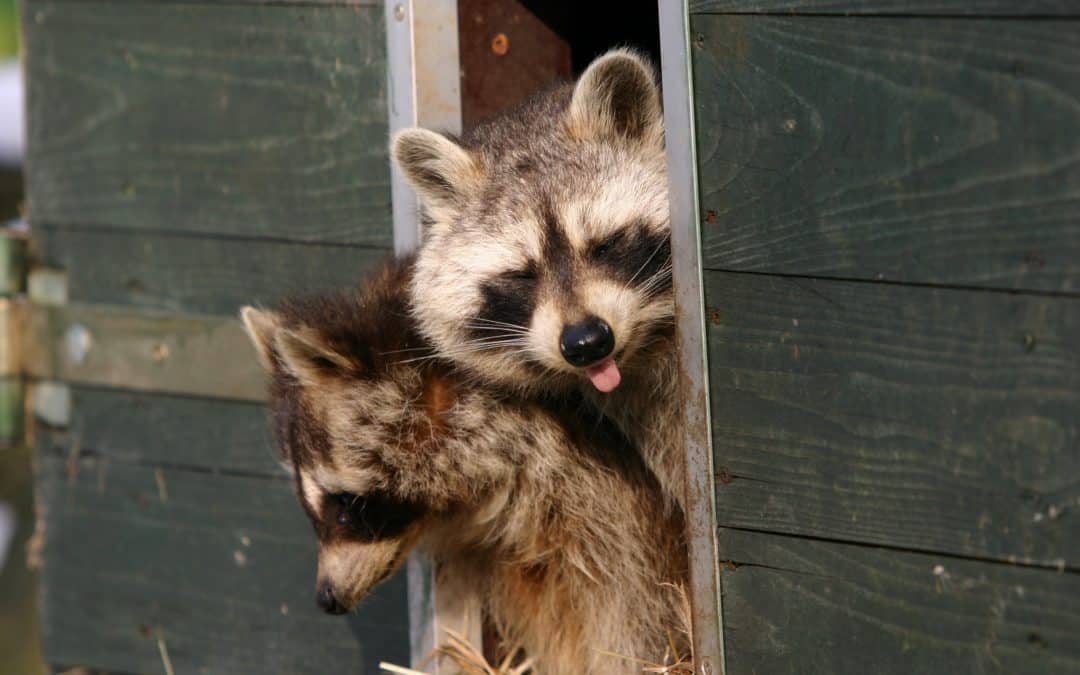
The temperatures have dropped, the warm heat is running throughout the house, and we are all bundled up under a blanket come nightfall. While we enjoy the indoor warmth, the creatures outside could be a bit envious. Most wildlife animals are looking for shelter to keep them warm and provide them with a food source. We breakdown some common wildlife that roam about during the colder months and why they can be harmful to your home and family.
Norway Rats
One common pest encountered in the fall and winter is the Norway rat. These rodents are most active at night, when they begin their search for food and water. They exist in large numbers and are known to produce up to 5 litters per year with an average of 7 babies per litter! If given the opportunity, Norway rats will enter through open holes and gaps leading inside your home. If they gain access, they can be dangerous as they will chew electrical wires, putting you at risk of house fires.
Raccoons
While raccoons can look cute to some, having them destroy your property is not ideal for any homeowner. These animals are talented, capable of using their paws to open doors and lids. They often live in hollowed trees or caves but can also sneak inside the attic and garage to find warmth and food. Once these pests find a food source, they will keep returning to search for more. This can be not only dangerous, as there is potential they could have rabies, but it is also a nuisance as they can cause considerable damage to your roof or inside the home.
Squirrels
Squirrels spend most of their time in trees foraging for food. While these animals might look harmless, they can easily become a threat if they find themselves inside your home. These pests are looking for a food source and will commonly invade bird feeders, garbage cans, and attics. If access is gained into your attic, squirrels can cause damage to the wood, insulation, wires, and even storage boxes. Their urine and droppings can also contaminate attic insulation, which can be extremely costly to replace.
If you suspect that one or more of these wildlife creatures have gotten inside your home, it’s best to contact your local wildlife control company. A professional will be able to locate any entry points, create a customized plan, and prevent them from returning in the future.
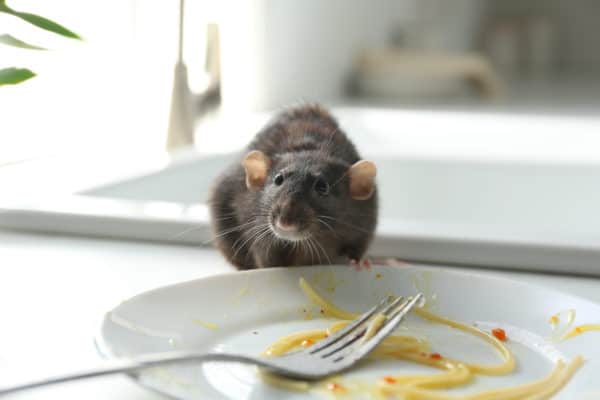
As the corona virus continues to spread, people around the world are drastically changing their daily routines. Tourism has come to a grinding halt. Restaurants are closed and people are staying home. What many don’t realize is this change in our daily lives is also affecting the ecosystem within cities. As there is less urban traffic, there is less food for pests and rodents – like rats. According to experts, if rats lose these established food sources (e.g. trash in cans in the park or dumpsters outside restaurants) then they will start fighting over any food that remains, even going so far as to kill each other in order to survive.
Because rats are having to get creative in finding new food sources, there is now a trending surge of rats invading homes and essential businesses in search of their next meal. Rats will follow the smell of food into homes, being as bold as necessary to find food in their effort to survive. Rats in homes pose serious risks – they will chew through wires and cables putting you at risk for fires and they carry diseases of their own which can easily be transmitted to you and your family. While there is no evidence that rats themselves can become infected with corona virus, there is some risk for spreading it to humans. Rats are known to crawl through sewer pipes containing human feces which has been shown to contain the virus. They then make their way into your home and contaminate any surfaces they touch with the virus-laden feces, potentially allowing humans who come in contact with these contaminated surfaces to contract the virus. The CDC reports that although this scenario is possible, the risk of transmission by feces is actually quite low.
To protect your family and/or essential business, the following rat prevention tips can help to prevent a rat infestation, limit the spread of disease, and keep your environment a safe-haven, during shelter-in-place orders and in the future:
If you notice a rodent problem in your home or essential business, contact a professional pest control company. Rats can cause serious health risks to your family or employees, as well as the risk for fire and other structural damage to your home and property. A licensed wildlife exclusion company will inspect your home to identify your animal problem, determine where they are getting in, remove them, and prevent the animals from getting into your home in the future. They can also inform you of any existing damage or contamination and provide you with a recommendation for repairs or clean-up.
5 Things That Could Be Attracting Termites to Your Home
Summer Wildlife Removal: Common Home Invaders
What is the Difference Between Traditional and Green Pest Control?
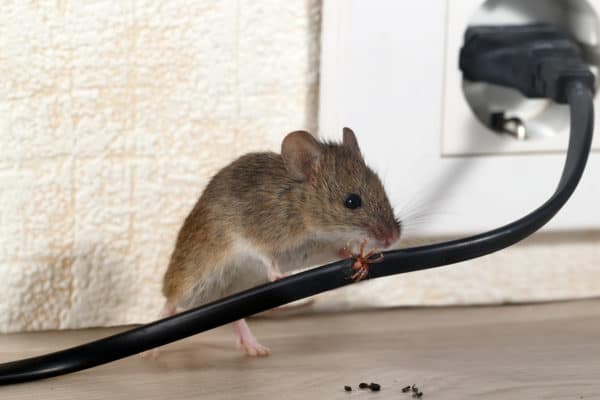
Spring makes its own statement loud and clear; the torrential downpours are soon to be here! With rain on the horizon and “social distancing” in full-force, everyone will be spending more time indoors… even pests! The last thing you want to deal with when you’re already stuck inside your home is an unwanted rodent.
There are three main species of rodent that are prevalent in homes, all of which thrive because of their ability to adapt to human environments. These are the house mouse, the Norway rat (also known as the common rat and the brown rat), and the roof rat (also known as the black rat or the ship rat). At first glance there are some commonalities between all rodent species. They all have a pair of incisor teeth in their upper jaw, short legs, long tails, and they all can cause significant damage to both your home and your health. If you look closer, however, you can see several distinguishing features in mice vs rats to help identify which pest you have.
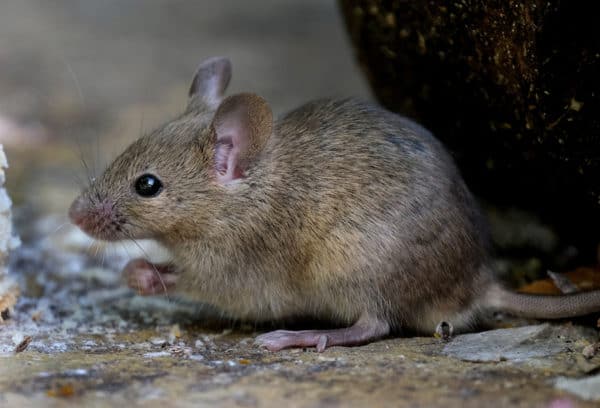
The house mouse is small in size, only about 4 to 6 inches long. In fact, they are often confused with young rats. They are usually light grey, brown, or white in color with lighter shading on their bellies. Mice have large floppy ears and smaller feet and heads than rats. They have triangular snouts with long whiskers. Their tail is proportionally longer than their head and body length.
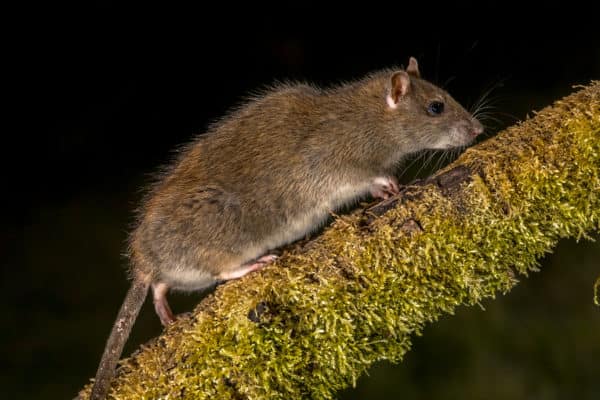
Norway rats are the biggest of the three species at about 10 inches long. They have thicker bodies with fur that is usually brown with black shading and shaggy in appearance. They have a paler color underneath their tails. Their tail is shorter than the length of their body and head and is usually hairless and scaly. They have small hairy ears and blunt noses.
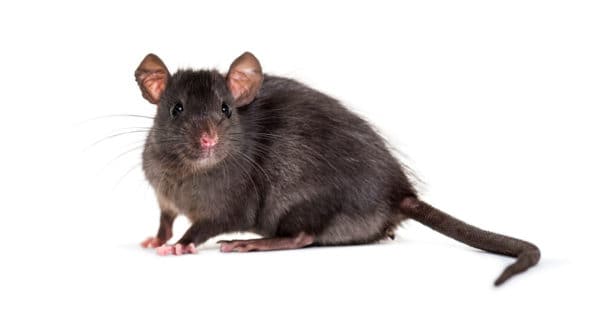
The roof rat is usually about 8 inches long with slender bodies. They have gray fur with black shading and smooth coats. They have dark tails that are usually hairless and scaly. Their tail is longer than their head and body, similar to a mouse. They have large, thin, hairless ears and pointed noses.
The house mouse prefers cereal but will eat almost anything. They kibble their grain when eating it, meaning they remove the outer husk and eat the grain that is inside. They tend to seek out food in the same places which makes baiting them easier. They don’t need to drink water but will consume about 3 mL if it is available.
Norway rats also prefer cereals but will eat what is available. They cut their grains when eating, giving them the appearance of being chopped. These rats also tend to seek food in the same places making them easier to bait, as well. They drink about 60 mL of water a day.
Roof rats prefer most fruit but will eat other foods, as well. They also cut their grain when eating it, making it look like it has been chopped. They don’t usually eat in the same location on consecutive nights making them much harder to trap. They drink about 30 mL of water per day.
House mice usually live on the ground and nest in burrows. They are quite agile and great climbers. They have smaller footprints than rats do. The grease from their bodies can combine with dirt and urine and build up pillars, a telltale sign of their presence. They will often build their nests in hidden areas near food sources out of any soft material or shredded paper they can find.
Norway rats live on the ground and in burrows. They are usually spotted throughout buildings and in sewer systems. Their burrowing can cause extensive damage to sewers. They tend to walk on the pads of their feet and leave continuous smudges on their walking paths from their oily fur.
Roof rats are mainly restricted to buildings and structures around ports and on ships in temperate climates. They are quite agile and very good climbers. They tend to nest up high under roofs (hence their name) and in warmer countries will even nest in trees. They tend to walk on their toes and surfaces they travel on will show scattered smudges.
The newborns of every rodent species are born blind, hairless and completely dependent on the mother for feeding and protection.
House mice typically have litters of 4-16 babies. They can have 7 to 8 litters per year. The reach maturity in about 8 to 12 weeks.
Norway rats typically have litters of 7 to 8 babies. They can have 3 to 6 litters per year. They reach maturity in about 10 to 12 weeks.
Roof rats typically have litters of 5 to 10 babies. They can have 3 to 6 litters per year. They reach maturity in about 7 to 8 weeks.
House mice are nocturnal creatures. They are social and territorial and tend to be bolder than rats. They are curious and will explore new things, making them easier to trap. They are skillful climbers and will fit into small holes to access areas of your home you wouldn’t expect. They are weaker than rats and are usually afraid of them as they will kill them. House mice have a musky odor and are color blind.
Norway rats are also nocturnal. They are typically fearful and cautious about new things. They don’t explore like mice do. They can climb but prefer to inhabit the lower levels of structures. They are stronger than mice and have been known to gnaw through building materials. They have poor eyesight. Norway rats don’t get along with roof rats and they will often fight to the death.
Roof rats are nocturnal. They are skilled climbers and prefer higher levels of structures. They have stronger teeth than mice and can gnaw through building materials. They have poor eyesight. they don’t get along with Norway rats and will often fight them to the death.
House mice droppings are approximately 3 to 8 mm in length. They are often found scattered randomly. They are granular in shape and black in color. They can be found near their nesting areas.
Norway rat droppings are dark brown in color. They are tapered, spindle shaped droppings that resemble large grains of rice.
Roof rat droppings are long and thin and smaller in size than those of the Norway rat. They are more regular in form with a banana-like curve and pointed ends.
Whether you have mice or rats, rodent feces can cause significant health risks for you and your family. Some common diseases caused by rodent droppings include Hantavirus, bubonic plague, salmonellosis, rat bite fever, and leptospirosis. Rodents are also known chewers and can cause damage to the structure of your home and put you at risk for fires by chewing through wires and cables.
If you suspect you have a rodent problem, contact a licensed pest control company who can help identify whether you have a mouse or a rat, apply safe rodent removal techniques, and make sure you have a comprehensive rodent control and prevention plan going forward.
4 Ways To Keep Snakes Out of Your Yard
Getting Ready for Spring Lawn Care
What You Should Know About Termites This Spring
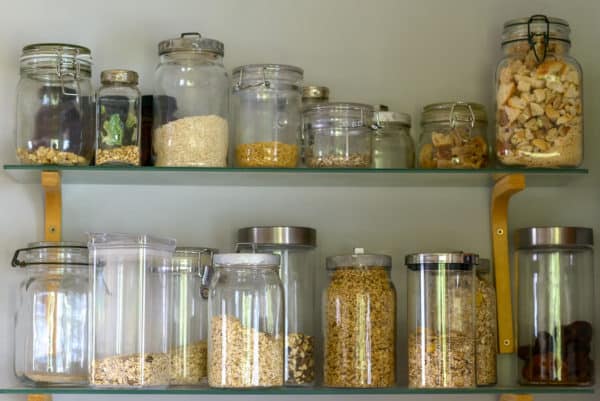
As the holidays near, the time you spend in your kitchen increases. However, while you stock up on your holiday baking essentials, you could be providing stored product pests, or “pantry pests”, with their own holiday feast. Here are a few tips to keep your kitchen free of these unwelcome guests:
No one invited these pests to your holiday party in the first place, so taking these precautions can help you enjoy the holiday baking and time with your loved ones. If you think you are having an issue with stored product pests, call your local licensed pest control company to schedule an inspection so you can get back to the sweet smells of the holidays.
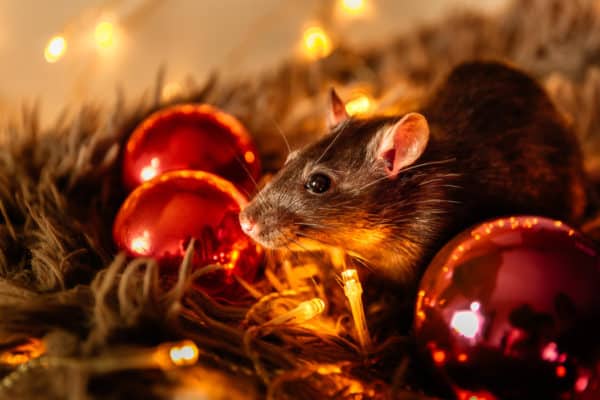
You’ve managed to fight all the early holiday decorating urges and now it’s time! Before you rush off to start decking the tree and hanging the mistletoe, follow these tips to make sure pests aren’t spending the holidays indoors with you and yours.
Check Your Tree Before Bringing It Home
Even Your Old Decorations Aren’t Safe
Keep Warm Without Pests
The holidays really are best enjoyed pest-free. If you find yourself dealing with uninvited holiday guests, call your licensed pest control company to schedule an inspection.